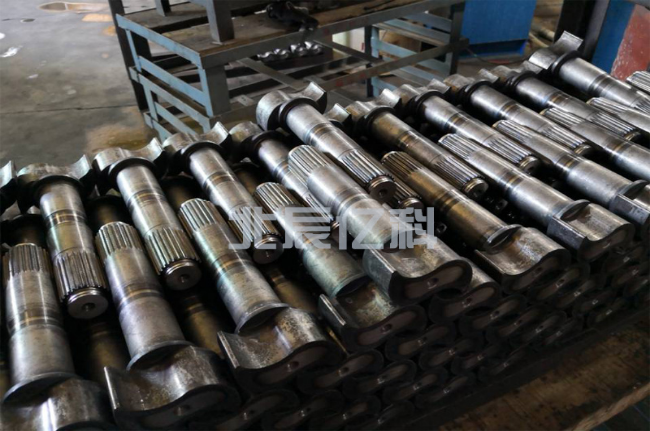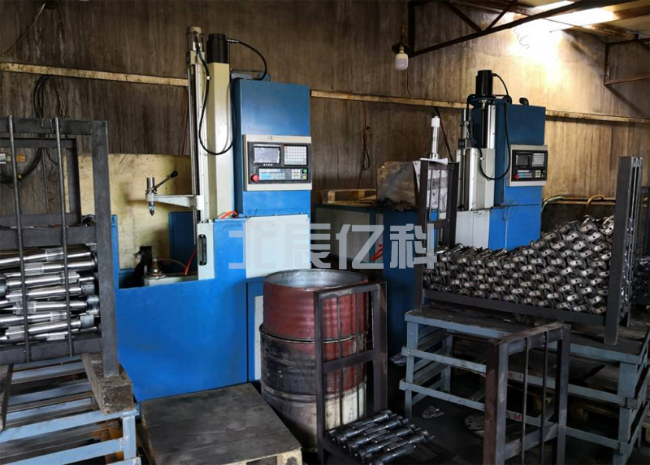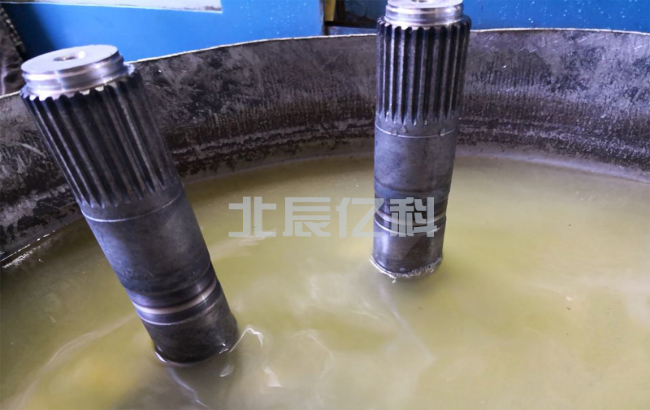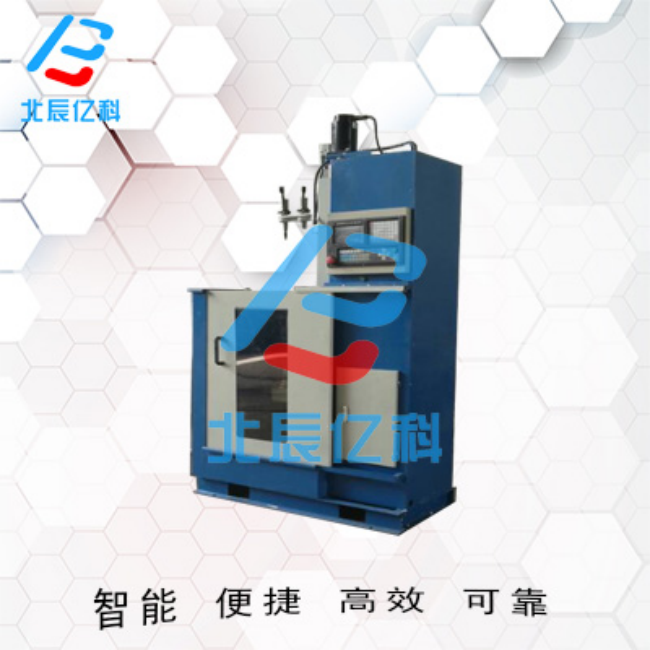Technology Exchange
Induction hardening of the optical axis
application:
In workpieces that are subjected to alternating loads such as torsion and bending, the surface layer is required to withstand higher stress or wear resistance than the core, and the surface of the workpiece needs to be strengthened.
Process method:
The combination of rapid heating and immediate quenching and cooling. Through rapid heating, the surface of the steel to be processed reaches the quenching temperature. When the heat is transferred to the center, it is quickly cooled. Only the surface layer is hardened to martensite, and the center is still unquenched. Annealed (or normalized and quenched and tempered) structure with better plasticity and toughness.
Main method:
Induction heating surface quenching (high frequency, intermediate frequency, power frequency), flame heating surface quenching, electric contact heating surface quenching, electrolyte heating surface quenching, laser heating surface quenching, electron beam heating surface quenching.
The basic principle of induction heating surface hardening:
Place the workpiece in an inductor wound with a hollow copper tube. After passing in medium frequency or high frequency alternating current, an induction current of the same frequency is formed on the surface of the workpiece, and the surface of the part is rapidly heated (the temperature can be increased by 800-1000 degrees in a few seconds) , After the core is still close to room temperature, immediately spray water to cool (or immerse in oil for quenching) to harden the surface layer of the workpiece.)
Compared with ordinary quenching, induction heating surface quenching has the following advantages:
1. The heating speed is extremely fast, which can expand the transformation temperature range of body A and shorten the transformation time;
2. After quenching, extremely fine cryptocrystalline martensite can be obtained on the surface of the workpiece, with a slightly higher hardness (2-3HRC);
3. The workpiece processed by this process is not easy to be oxidized and decarburized, and even some workpieces can be directly assembled and used after processing;
4. The depth of the quenching layer is easy to control and operate, and it is easy to realize automation.
Customer site:



In order to approach the actual production as much as possible, we performed actual hardening of the optical shaft parts on the customer site. We used a customer's vertical shaft quenching machine tool and a 40kw all-digital UHF induction heating equipment for actual production.

The technical requirements for participating in this production activity are: hardness HRC60, hardened layer 0.7mm. After simple debugging, actual production was carried out. Our 40kw ultra-high frequency induction heating equipment fully meets the production requirements.


 Scan and follow!
Scan and follow!